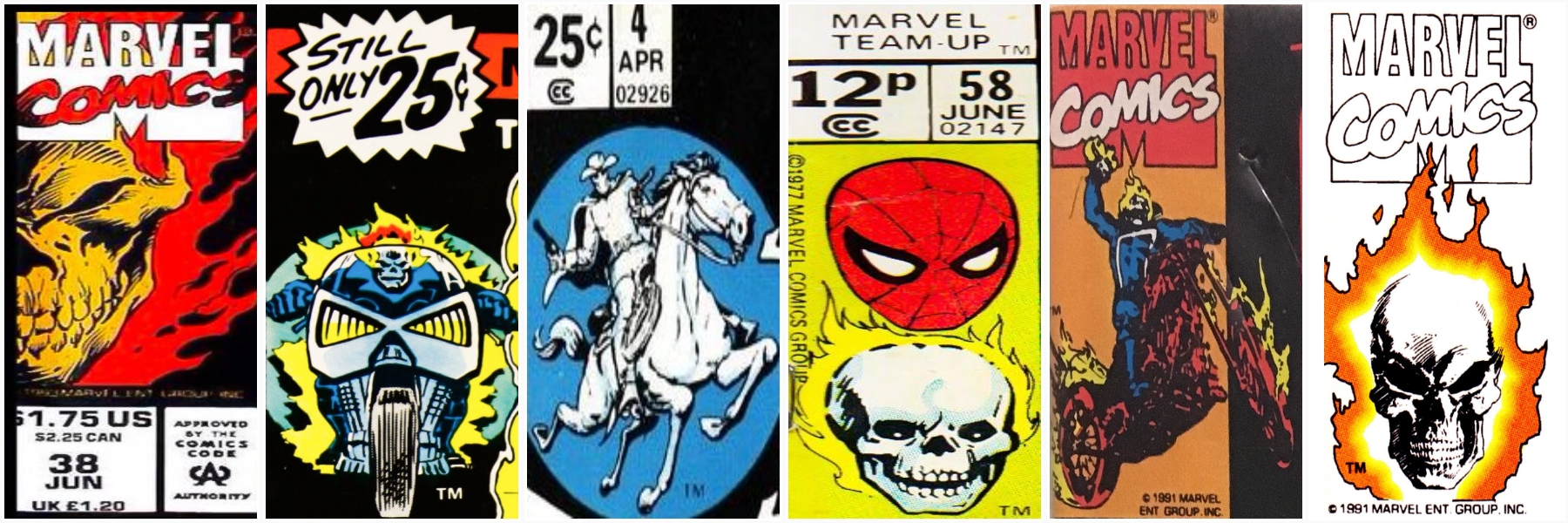This page contains affiliate links for eCommerce websites. How to Love Comics may recieve a small commission on purchases you make. Find out more in our affiliate disclaimer.
A synopsis is destined to betray you. It can give you some idea of the themes, character motivations, and setting of a story, but it rarely manages to relay what makes it worthwhile. It can even have the opposite effect and you might find yourself investing your time in something that sounded really cool and interesting, but that doesn’t live up to the expectations you have created. Like the old saying goes: “trailer, traitor”. Nevertheless, let me try to stab you in the back with this one: A war veteran joins a teenage Japanese indigenous girl in the hunt for a hidden pile of gold stolen from the Ainu (the indigenous people of northern Japan and southeastern Russia) in the aftermath of the Russo-Japanese War. While most summaries of Satoru Noda’s Golden Kamuy will go along these lines, none of them can truly convey why this particular story stands out from all the other “hunt for the hidden treasure” stories out there. Let me try to be somewhat lengthier than a synopsis and put my knife away for now.
Golden Kamuy tells the story of the Immortal Sugimoto, a soldier of the Japanese Imperial Army. His fame as an immortal being came from surviving the heat of many deadly battles during the Russo-Japanese war. Japan came out victorious, but, as it usually goes for soldiers after a war, the Immortal Sugimoto would have little more than his fame, his old uniform, and his Arisaka Type 38 rifle to show for it. One day, while panning a river in the hopes of finding some gold, Sugimoto hears the rumour of the hidden Ainu gold. As destiny will have it, he runs into Asirpa, a young Ainu girl who’s none other than the daughter of the man who hid the gold in the first place.
 Golden Kamuy Volume 1 cover by Satoru Noda.
Golden Kamuy Volume 1 cover by Satoru Noda.Asirpa is a skilled hunter and, as an Ainu who lives off the land, she is respectful of her people’s traditions and culture. The Ainu people believe that supernatural spirits called Kamuy inhabit most things in nature: trees, animals, rivers, mountains, and so on, and that belief is reflected in how they interact with their environment. Due to her strong “why can’t we all just get along” nature Asirpa can see good even in Sugimoto, who, in spite of his many savage battles in the war, somehow still holds onto a good heart. Asirpa is the perfect companion for navigating the harsh lands of Hokkaido’s winter, inheriting the knowledge and culture of those who have been surviving in it for millenia.
Sugimoto, on the other hand, is better fit in dealing with the world he belongs to: that of the invading Japanese forces who are (not so) slowly driving the Ainu people to extinction. The deeper the Japanese get into Ainu territory, the more they reshape and destroy the land threatening the existence of the animals and humans who depend on it to survive. So, you can guess why now, 120 years after the Japanese went to war with Russia over who would get to conduct the imperialist dance around northeast Asia, Hokkaido is not shown on the map as Ainu Mosir (the land of Ainu).
 Golden Kamuy panels by Satoru Noda.
Golden Kamuy panels by Satoru Noda.There are many characters searching for the gold, but finding clues about its whereabouts is no easy feat. The map that leads to the gold is cryptographed in a series of tattoos made on the backs of 24 prisoners who were in jail with the person who stole the gold in the first place. And to make things a little more challenging, even if they happened to separate the 24, often very deadly, ex-cons from their hides, figuring out what those lines and symbols even mean might be an even greater problem.
As good treasure hunt stories go, it would be rather boring if most characters were only hunting for it in order to get rich. A group of soldiers, led by a seemingly insane Lieutenant named Tsurumi, wants to use the gold to bring down the Japanese Imperial government for sending so many soldiers to die in the war and then abandoning them. Tsurumi shows well the essence of many of the very eccentric characters you’ll find in Golden Kamuy. He wears a plate covering his forehead, his brain leaking out from time to time as a result of a war injury. Tsurumi can easily shift from a cold calculating leader to a sadistically joyful maniac as you would expect from someone who had their frontal lobe blown away and survived. His own insanity is rivalred by many of his loyal followers who compete for his attention and are ready to sacrifice everything in order to advance his goals.
 Golden Kamuy panels by Satoru Noda.
Golden Kamuy panels by Satoru Noda.What do you know about the Ainu? Japanese Mangaka have long ago mastered the skill of teaching any subject through their serialized storytelling. Would you like to learn how the old Chinese game of Go works? Read Hikaru no Go where you’ll find a kid haunted by the ghost of a great player from a thousand years ago who helps him master the game (I still don’t really get it though). The lengthy baseball series Major will slowly teach you every single rule of that game as you follow little kids growing into professional players (I can tell a pitcher is actually the defensive player now). And, in Golden Kamuy, as we hunt for the gold along with Asirpa and Sugimoto, we slowly learn bits and pieces of the Ainu culture. Their religious beliefs, culinary traditions, marriage rituals, and language. Granted that none of the aforementioned manga will be entirely accurate about the topics they discuss and should never be treated as a reliable source of information, they certainly do a great job of sparking curiosity about those topics and probably a handful of people will try to learn more about them.
Satoru Noda’s writing of Golden Kamuy was supervised by a linguist specialized in the Ainu language in his efforts to get it right. His manga introduced the Ainu culture not only to western audiences, but also to many Japanese people who don’t know any more about them than the average Californian knows about the Tongva. You will enjoy learning how the Ainu see nature, animals, food, and their animistic beliefs as they are introduced in the story little by little. My favorite is their tradition to give young kids temporary vulgar names like Osoma (Ainu for poop) in order to protect them from evil spirits. The little culture shocks between Asirpa and Sugimoto are quite entertaining whether it’s Sugimoto reluctantly accepting to eat the eyes of a hare or Asirpa mistaking Miso for Osoma.
 Golden Kamuy panels by Satoru Noda.
Golden Kamuy panels by Satoru Noda.In spite of Noda’s efforts to portray the Ainu accurately and well, a lot of the Ainu characters can be a bit flat and have a tendency to blend into the background. Besides Asirpa, we have a few other interesting Ainu characters like Kiroranke, a strong idealistic man who is willing to sacrifice everything for what he believes in; and Inkarmat, an Ainu fortune teller who uses her alleged divination powers to trick anyone superstitious enough to believe her. I think the Ainu are portrayed in a very respectful way in Golden Kamuy, but as a group they are mostly the subjects of the events happening to them throughout the narrative without much agency, which is a style of characterization that often sparks debates of misrepresentation and cultural appropriation in such stories.
Manga writers often get lost in the nuances of cultures foreign to their own, creating odd fictional worlds borrowing what they find cool or interesting and packaging it in a familiar manga style. For example, there is an anime created by Shinichiro Watanabe called Michiko to Hatchin inspired by Brazilian culture set in a fictional country that looks just like Brazil, but it might as well be an alien planet in the outskirts of the galaxy in Cowboy Bebop. As a Brazilian guy, I don’t find it offensive or anything, in fact I quite enjoyed it, but it’s funny and odd to experience. I would blame a lot of these portrayals’ faux pas on the aesthetics of the medium. The same Watanabe gave us Samurai Champloo which does something similar, but this time around to Edo period Japan – which hopefully nobody would have a problem with since it’s Japan and he is Japanese. Your mileage may vary on how bothered you are by this kind of thing. Noda’s manga has a net positive in the end, not only because it’s a rare and quite endearing presentation of the Ainu in a popular work of fiction, but even if it gets criticized for doing so, it’s still a good thing if it gets people talking about this relatively obscure side of Japanese history and culture.
 Golden Kamuy panels by Satoru Noda.
Golden Kamuy panels by Satoru Noda.In spite of the brutal life conditions and traumas endured by many of its characters, Golden Kamuy is a very wholesome and often very funny story. I find it really hard not to empathize with the motivations and feelings of even the worst characters in this series who are just one Jamie Lanister style flashback away from flipping your perception of the character entirely. Not that you will agree that throwing a child out a tower is justified in any way, but you can understand how they got there. The manga navigates through many genres and in it you’ll find moments of genuine horror, homo-eroticism, political intrigue and a heartwarming story of the growing bond between a savage character from a barbarian world and an Ainu girl trying to understand how to survive in it. If nothing else, read it for the scene where a bunch of the manliest men in all of Japan are trapped in a cabin after eating some aphrodisiac meat and struggle with how unbelievably sexy all the beefy shirtless men around them seem all of a sudden.
Golden Kamuy is a great pick for anyone who is into historical fiction. The more you know about the events depicted in the story the more you will get from it. It’s not necessary to be a history buff to enjoy it though. Even if you have never heard of the Ainu or the Russo-Japanese War, Noda’s got you covered giving you all the context you need as he takes you through a story with all the most appreciated manga beats.
Golden Kamuy is published by Viz Media in 31 volumes and can be found at all good comic book shops, online retailers, eBay, and Amazon/Kindle.



















 English (US) ·
English (US) ·